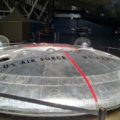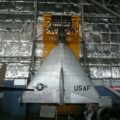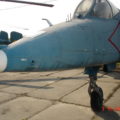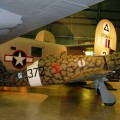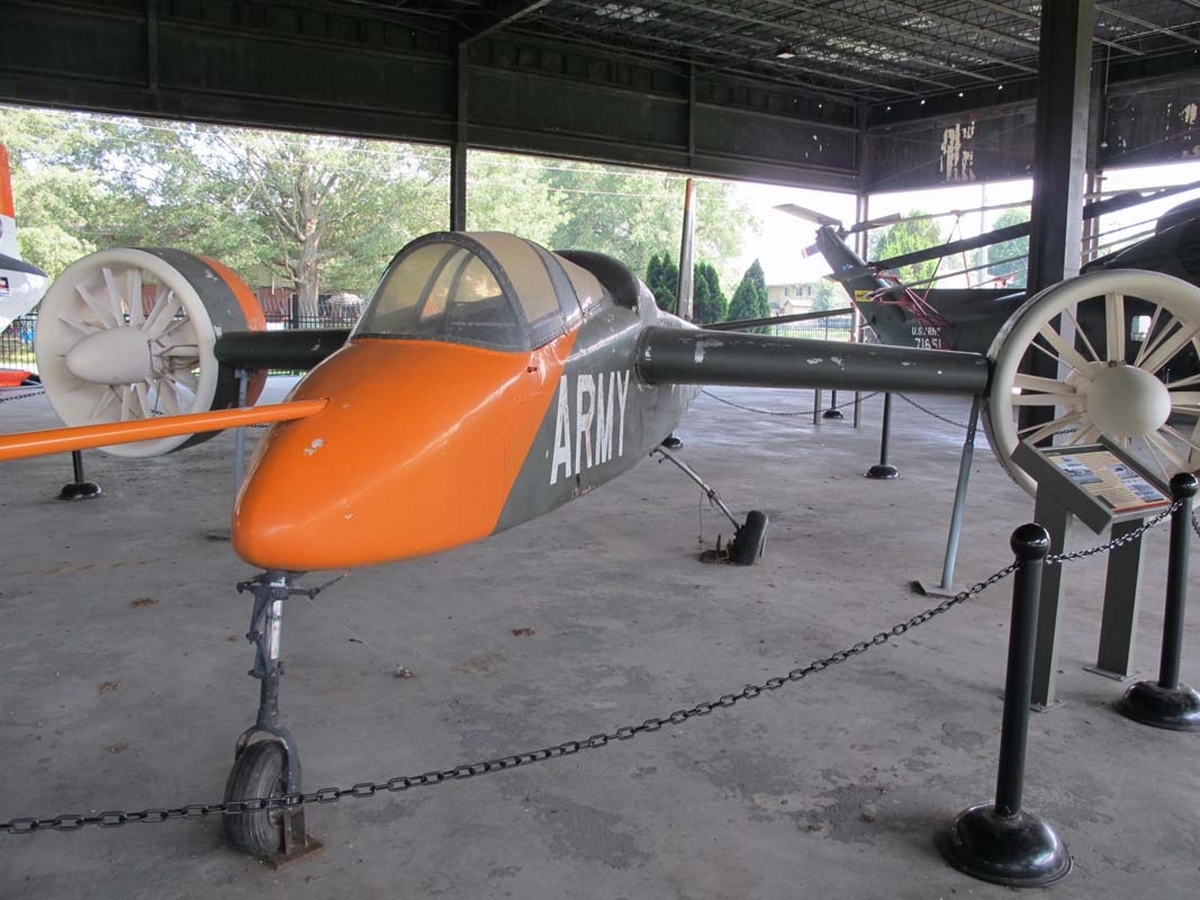
Doak VZ-4 | |
|---|---|
| Страна | Сащ |
| Роля | VTOL изследвания конвертиплан |
| Първи полет | 25 февруари 1958 г. |
| Построен | 1 |
1. Доак ВЗ-4 (или Doak Model 16) е американски прототип на самолет с вертикално излитане и кацане (VTOL), построен през 50-те години на миналия век за служба в армията на САЩ. Построен е само един прототип, а американската армия го оттегля от активните изпитания през 1963 година.
Източник: Доак ВЗ-4 в Уикипедия
| Doak 16 VZ-4DA Walk Around | |
|---|---|
| Photographer | Vladimir Yakubov |
| Localisation | US Army Transportation Museum, Fort Eustis |
| Photos | 39 |
Комплекти свързани:
Намерете комплекти в иБей:
Вижте също:
The Doak VZ-4 was an experimental aircraft developed by the Doak Aircraft Company in the 1950s for the U.S. Army. It was designed to demonstrate the feasibility of a vertical take-off and landing (VTOL) aircraft that could transition to horizontal flight. The VZ-4 used a ducted fan propulsion system, in which two large fans were mounted on the wingtips and could be tilted vertically or horizontally. The fans were driven by a single turboprop engine located in the fuselage. The VZ-4 had a conventional tail and a tricycle landing gear. The pilot sat in a bubble canopy that provided good visibility.
The VZ-4 made its first flight in 1958 and performed several successful transitions between vertical and horizontal flight modes. The aircraft was capable of hovering, flying backwards, and sideways. It had a maximum speed of 200 mph and a range of 400 miles. The VZ-4 was evaluated by the U.S. Army and the U.S. Air Force, but neither service showed interest in procuring the aircraft. The VZ-4 was retired in 1960 and donated to the Smithsonian Institution, where it is currently on display at the Steven F. Udvar-Hazy Center.
преглеждания : 1632






